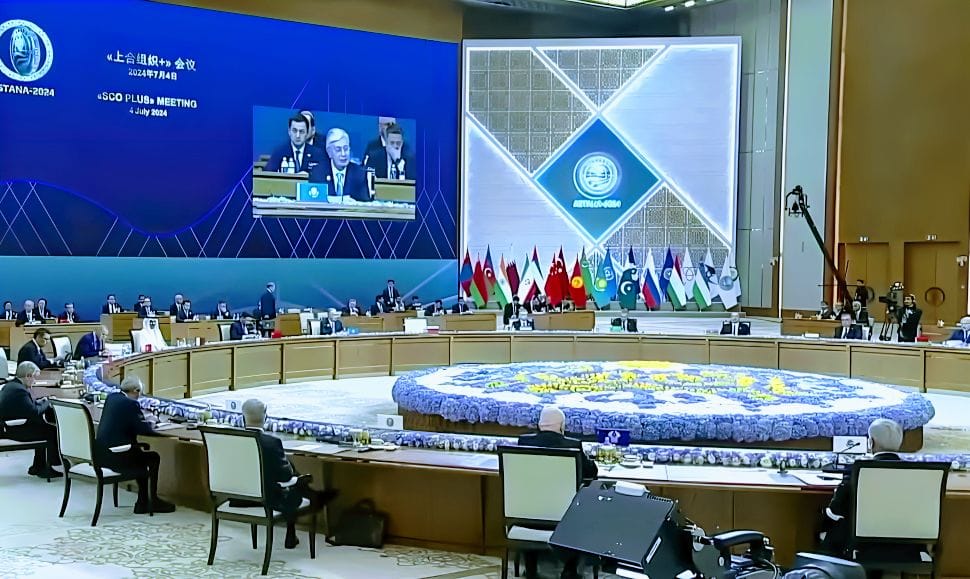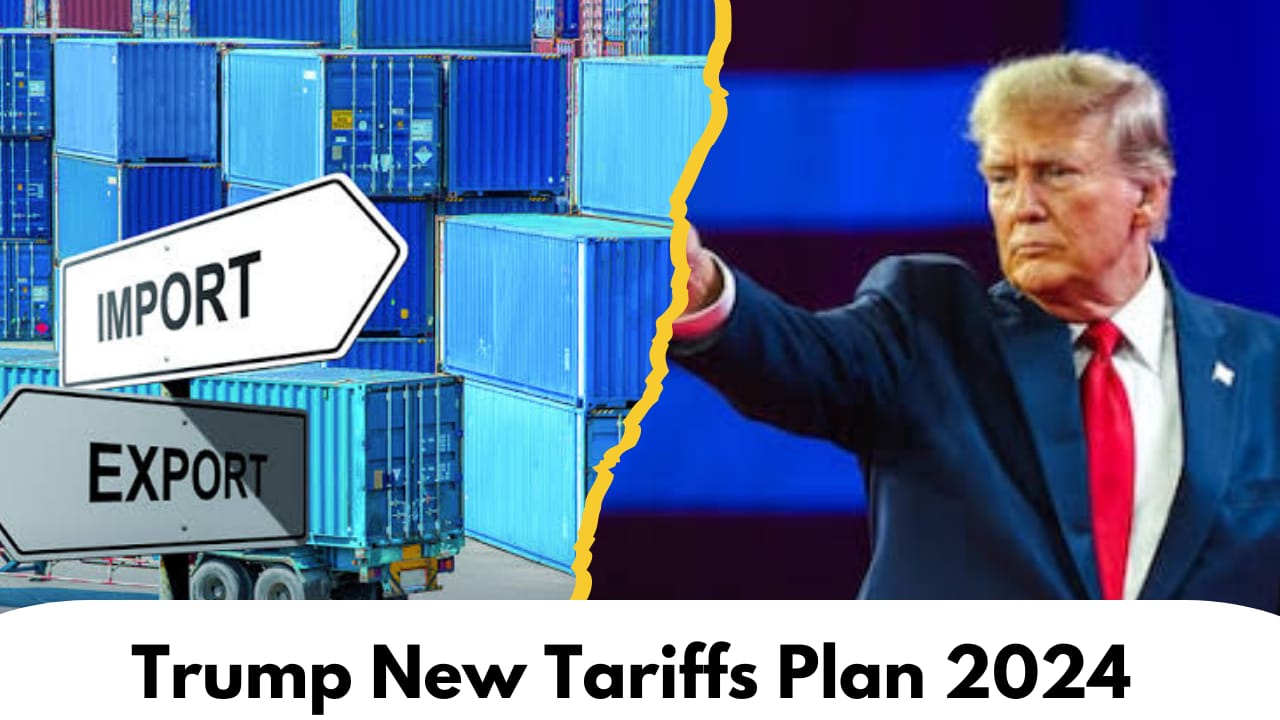Introduction
2001: The term “BRIC” was first coined by economist Jim O’Neill in a Goldman Sachs report to describe the emerging economies of Brazil, Russia, India, and China, predicted to dominate global growth in the 21st century.
- Define BRICS and its original members (Brazil, Russia, India, China, South Africa).
- Highlight the expansion: addition of Saudi Arabia, Iran, UAE, Egypt, and Ethiopia effective January 1, 2024.
- Mention the withdrawal of Argentina from the expansion.
Expansion to BRICS
2010: South Africa joined the bloc, and the group became known as BRICS. This addition aimed to enhance African representation and diversify the group’s influence.
The New Members
- Saudi Arabia and UAE:
- Major oil producers and key OPEC members.
- Potential for BRICS to influence global energy policies.
- Iran:
- Adds geopolitical weight; a key player in the Middle East.
- Egypt and Ethiopia:
- Strengthen African representation within BRICS.
- Potential to accelerate infrastructure development and trade on the continent.
- Argentina’s Withdrawal:
- Decision influenced by the newly elected president’s economic strategy.
Economic and Political Implications
- Economic Expansion:
- New members contribute to BRICS representing over a third of global GDP.
- Increases in trade and investment opportunities across diverse regions.
- Challenge to Western Dominance:
- Positions BRICS as an alternative to Western-led economic systems.
- Currency Discussions:
- Speculation about a BRICS common currency to reduce reliance on the USD.
Key Initiatives
- New Development Bank (NDB):
- Established in 2014 with headquarters in Shanghai, China.
- Provides financial support for infrastructure and sustainable development projects in BRICS and other developing nations.
- Contingent Reserve Arrangement (CRA):
- A financial mechanism to provide liquidity support to members in case of economic distress.
Challenges for BRICS Expansion in 2024
China and Russia dominate the bloc, raising concerns about whether smaller members will have equitable influence on decision-making.
Internal Conflicts Among Members:
Diverging political systems and economic priorities, such as the competition between India and China, may hinder cohesive decision-making.
Historical tensions, for example, between Iran and Saudi Arabia, could complicate collaboration.
Economic Imbalances:
New members like Ethiopia and Egypt have smaller economies compared to giants like China and India, creating potential disparities in influence.
Balancing the interests of oil-exporting nations (e.g., Saudi Arabia, UAE) with import-dependent members will be challenging.
Lack of Institutional Framework:
BRICS lacks a formalized institutional structure, making coordination on global issues slower and less effective.
Geopolitical Pressures:
The expansion might provoke responses from Western powers, particularly the U.S., leading to potential trade or diplomatic tensions.
Members may face challenges aligning strategies while maintaining relations with other global blocs.
Over-Reliance on Major Players:
- Internal Divergences:
- Differing political and economic goals among members.
- Integration Issues:
- Balancing the interests of smaller economies with dominant players like China and India.
- Global Perception:
- Viewed as a potential threat to U.S. hegemony.
The Role of Africa and Middle East
- Enhanced representation from the Global South.
- Potential to attract more investments in infrastructure, trade, and energy sectors.
FAQs About BRICS Expansion in 2024
1. What is BRICS, and why is it significant?
BRICS is an acronym for Brazil, Russia, India, China, and South Africa. It is a coalition of major emerging economies that collaborate on economic, political, and social issues, aiming to challenge Western dominance in global governance and trade systems.
2. Which countries joined BRICS in 2024?
In 2024, BRICS expanded to include Saudi Arabia, Iran, the United Arab Emirates, Egypt, and Ethiopia. Argentina was initially invited but later withdrew due to a shift in government priorities.
3. What are the main goals of BRICS?
- Foster economic cooperation and trade among members.
- Advocate for reforms in global financial institutions like the IMF and World Bank.
- Promote sustainable development and reduce reliance on Western financial systems.
4. How does the BRICS expansion impact global geopolitics?
The expansion enhances the bloc’s influence in energy markets (due to oil-producing nations like Saudi Arabia and UAE) and increases representation from the Global South. This may shift the global balance of power away from Western-dominated institutions.
5. What challenges could BRICS face after its expansion?
- Internal conflicts due to differing political and economic priorities.
- Balancing the influence of larger economies like China with smaller members.
- Potential geopolitical pressures from Western nations concerned about BRICS’ growing influence.
6. Will BRICS introduce a common currency?
Discussions around a BRICS common currency have been ongoing, aiming to reduce dependence on the U.S. dollar. However, achieving this would require significant coordination and resolution of economic disparities among members.
7. What is the significance of Saudi Arabia and UAE joining BRICS?
As leading oil producers, their inclusion strengthens BRICS’ role in global energy markets and adds significant economic clout to the bloc.
RELATED-Trump Plan to Impose Tariffs on Mexico, Canada, and China: A Trade Crisis in the Making








